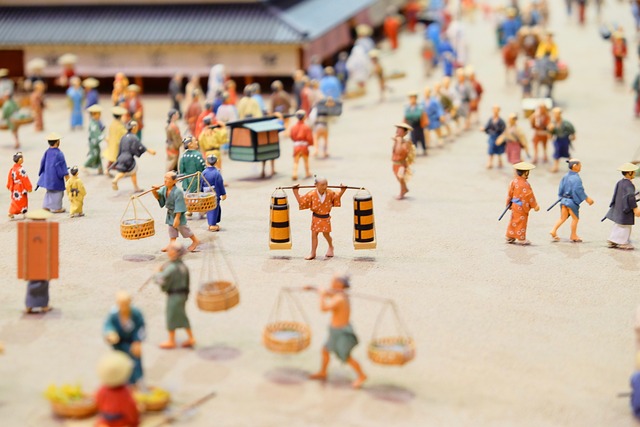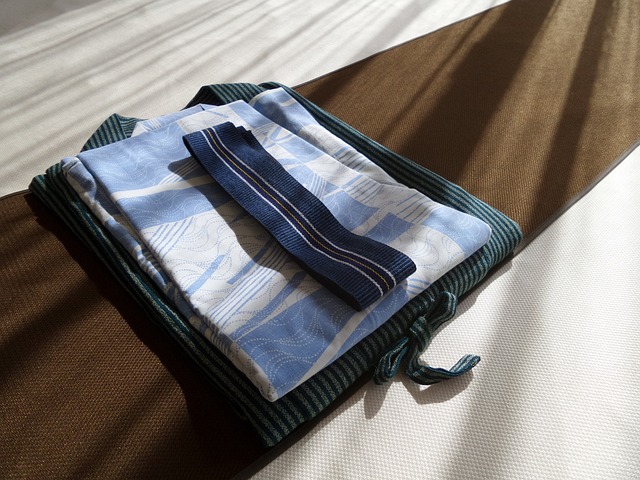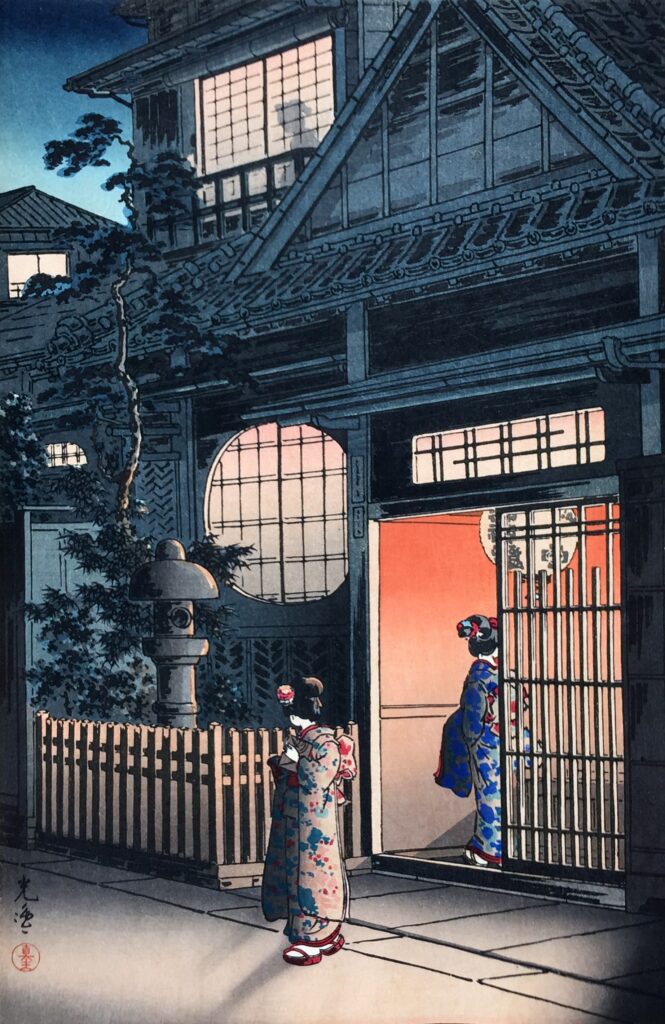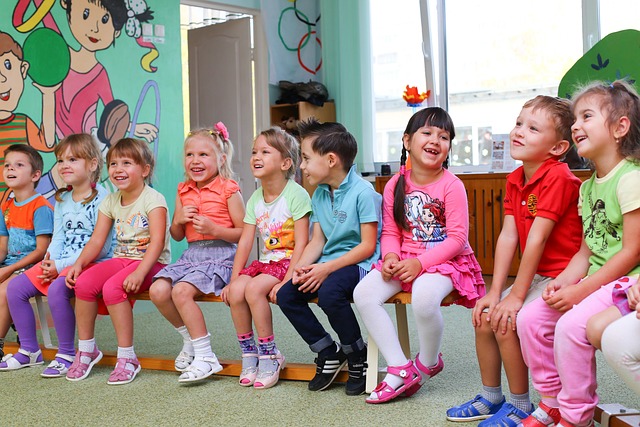Clothes are the daily essential. You can’t go out of home or go to workplace without it. You also have to buy them regularly. So, where are the best places for buying clothes in Japan? How do people deal with fashion? This article will cover how to manage the fashion life for foreigners living in Japan.
The characteristics of Japanese fashion

Cuter than sexier
Unlike some of the other cultures, cuteness rather than sexiness is the mainstream fashion staple in Japan. Here is the link to our explanation about why Japanese love cuteness.
Being stylish is more important than comfort
Japanese tend to value being stylish over comfort. Walking on the streets in Tokyo, you would notice that people in casual styles are relatively rare. Not only in business, where everyone is in suits, even in a University district with the swarming students, there are neatly dressed people, including many female students in heels and fashionable people in jackets, as well as people in casual wear like hoodies and denim pants.
今日は三井アウトレットパーク南大沢で首都大学・帝京大学・明星大学・大妻女子大学合同の『南大沢ミス・ミスターコンテスト』にミス大妻コンテストのファイナリストが参加してきました✨✨
ファッションショーで「秋のお出かけコーデ🍁」というテーマで様々なブランドの衣装を披露しました👗👜👢 pic.twitter.com/TNOfzjWXDy— 大妻多摩祭実行委員会 企画部 (@tamafes_kikaku) September 15, 2018
an underlying “Uchi-soto” culture
I believe this tendency to dress neatly is rooted in the “Uchi-soto” culture prevalent in East Asia. It is about having a clear distinction between in-group and out-group, and changing one’s attitude accordingly.
"When speaking with someone from an out-group, the out-group must be honored, and the in-group humbled." (wikipedia)Only family members, very close friends, and colleagues are considered to be the in-group members. All others fall within the out-group. Thus, one naturally puts on the respectful persona, when they step outside of their home into the Japanese society, because they are now surrounded by the out-group world. I assume that this persona also affects the Japanese fashion tendency, which emphasizes presenting stylishness for the world rather than pursuing their own comfort. We want to be presentable outside the house, and we choose relaxed clothes once we get home.
Where to buy clothing?
Stores for trendy clothes

”Select shops” are popular places to find cutting-edge, trendy clothes at low prices. These stores sell the clothes that have been curated by the buyers. You can find a variety of items from various brands there, so it is the best option when you seek a random encounter with a new fashion brands. The three popular select shops are United Arrows, Ships and the BEAMS, which is my favorite.
Popular affordable clothing stores
Thrift shop is a good idea for buying clothes when on a budget, and you can find clothes from many different brands at a glance. Komehyo and RAGTAG have good quality clothes that are examined by the staff before accepting them. High-brand clothes are also available at off-price. Both Komehyo and RAGTAG have several stores in Japan.
Fast-fashion has been popular in Japan as well, and the leader of the trend is UNIQLO. If you haven’t heard of UNIQLO, think of it as a GAP in Japan. UNIQLO offers basic outfits that you can easily incorporate into your wardrobe. Their biggest hit line is “Heattech.” Heattech is the innerwear with a special fiber that generates heat from the moisture of the body to keep you warm from the biting the cold.

Fun fact: Although UNIQLO is now popular worldwide, in its early days, it was considered as the most uncool clothing shop that only sells cheap clothes in bad tastes. Many parents bought Uniqlos for their children for its cheapness, and even the children didn’t want to be seen wearing Uniqlos. However, Uniqlo has turned its brand image around with a new logo.
Buying online is another convenient way of getting clothes. Zozo town is the biggest online slothing shop. It offers a wide variety of clothing at affordable prices, with the option of returning the products in case you don’t like them after the delivery.
For brands clothing
If you like luxury brands, department stores are the places to go. They offer a wide variety of brand clothing, bags and accessories. Some of the major department stores in Tokyo are: Takashima-ya, Isetan, Daimaru, Mitsukoshi, Seibu, Tobu, Odakyu and Keio. (You may have noticed that the some of the stores have the same names as the major railway companies – this is not a coincidence. Many of the department stores in Japan are run by the railway companies.) When you have spent a considerable amount of money at the same department store, you will be invited to become a VIP, or so-called “Gaisho” member. As a Gaisho-member, you will receive a special treatment, such as being served in a secluded area with dedicated staff, and the previledged deferred payment.

If you feel hungry during shopping, just step down to the basement floor. The entire floor is dedicated to food selections and you can enjoy their “O-so-zai.” See also “Food 101: The Convenient World of Take-Home Meals in Japan” to find out more on the food selection.

Kimonos
Feel like trying Japanese tradition? Kimono is the traditional Japanese garment and the word generally means “clothing.” The easiest way to experience Kimono is to visit a full-service rental store (e.g. Vasara) located in many tourist destinations. The staff will take care of all the hassle of wearing a Kimono, so you don’t have to worry.
There are mainly two types of Kimono. The one that we were wearing in the above video is called “Yukata,” the casual version of kimono. Yukata is a thin cotton kimono that is suitable for humid summer season in Japan. One will quickly be able to wear Yukata by themselves by practicing once or twice. Yukata is also used as a pajama, so you might have encountered one when staying in hotels, which seems like the below.


The other type of kimono is the standard, so we just call it “kimono.” Kimono is warmer and more formal than yukata, so it requires one person to help in wearing it. It involves at least 4 belts, two layers of Kimonos and a collar.



